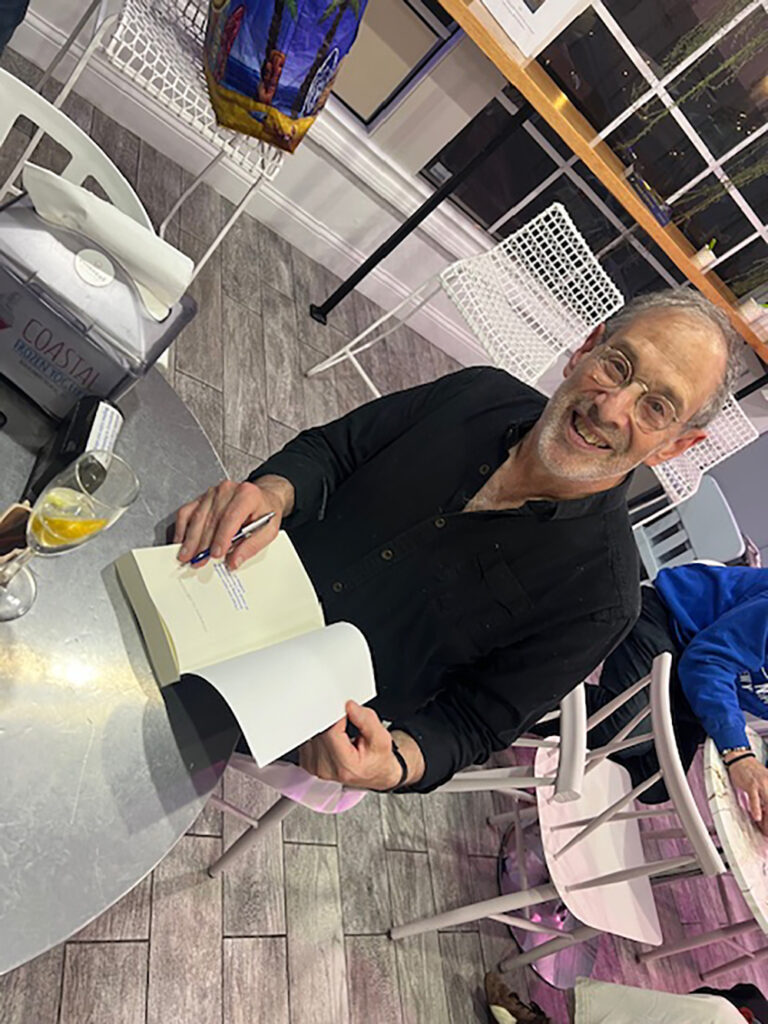The ABOs of Human Blood

By Peter Galvin, MD
Blood transfusion is one of the most common medical procedures and can be lifesaving. In the U.S., about 11 million units of red blood cells (RBCs), 2.5 million units of platelets, 2.2 million units of plasma, and 1.2 million units of cryoprecipitate are transfused annually. Let’s take a closer look at the components of human blood. By volume, our blood is about 55% liquids (plasma and cryoprecipitate), about 45% RBCs (and WBCs), and < 1% platelets. One unit of donated whole blood is usually 500 mL, or about 18 fluid ounces. Leukocytes, or white blood cells (WBCs), are always removed from donated blood, even whole blood, as leaving them in can exacerbate certain immune system diseases and conditions. Whole blood is usually only given to victims of major trauma with massive bleeding because it is faster to infuse than RBCs and these patients will likely require multiple transfusions. Both whole blood and RBCs are treated with anticoagulants to keep the RBCs from clumping together which would make the blood useless. Both whole blood and RBCs are refrigerated but not frozen. The shelf life of both products can be as long as 40 days.
Platelets are donated using a process called apheresis, which removes the platelets and returns the rest of the blood to the donor. Stem cells are also obtained using this process. Platelets stored at room temperature will last four or five days and refrigerated 14 days. If warm platelets are pooled together for more volume, the shelf life is four hours. Donated plasma can be frozen and will last one year. Cryoprecipitate, which contains multiple clotting factors, is pooled from multiple donors. It can be frozen for a year but will last only four to six hours when thawed. It is given to those receiving multiple transfusions of whole blood or RBCs as both contain anticoagulants plus an actively bleeding patient will quickly run out of vital clotting factors and bleed to death without cryoprecipitate. Transfused RBCs will last in the blood circulation about 40 days, as opposed to one’s own RBCs which normally last 90 to 120 days.
As you probably know, blood is typed using the ABO system. In types A and B, a person has either the A or B antigen (protein) on the surface of their RBCs. Type AB has both and type O (the most common type) has neither. There is also the Rhesus, or Rh, system. These are also antigens on the RBC surface. There are over 50 Rh antigens, but the primary ones are D, C, c, E, and e. Rh+ refers only to the presence of the D antigen. There are many Rh subtypes that refer to the other antigens, but that is too technical for this column. Worldwide, 94% of the population is Rh +, and 6% Rh -. In the U.S. it is 85 to 15. Of note is the fact that whole blood, RBCs, and plasma require ABO and Rh typing, while cryoprecipitate and platelets do not. Plus, all blood products are screened for sterility and multiple infections including HIV and hepatitis. Because of the life-saving nature of blood product transfusion, donors are always needed, and blood drives are essential. For more information go to: www.cdc.gov/bloodsafety/index.html
Please direct questions and comments to editor@rockawaytimes.com


